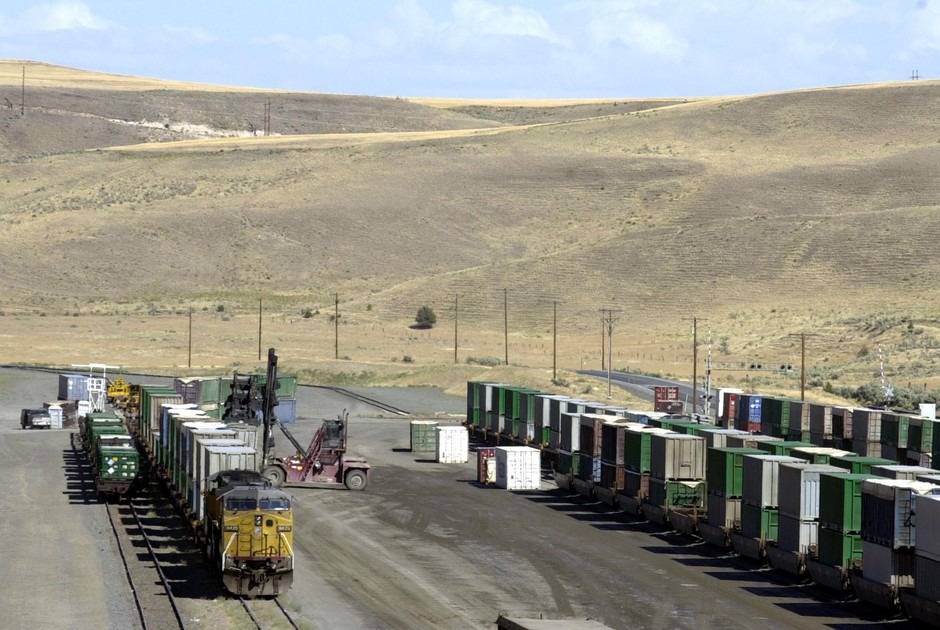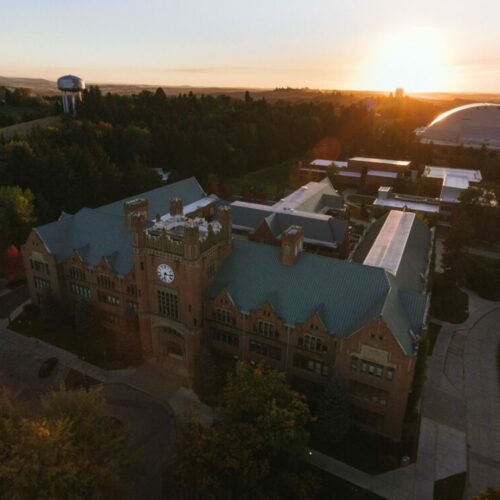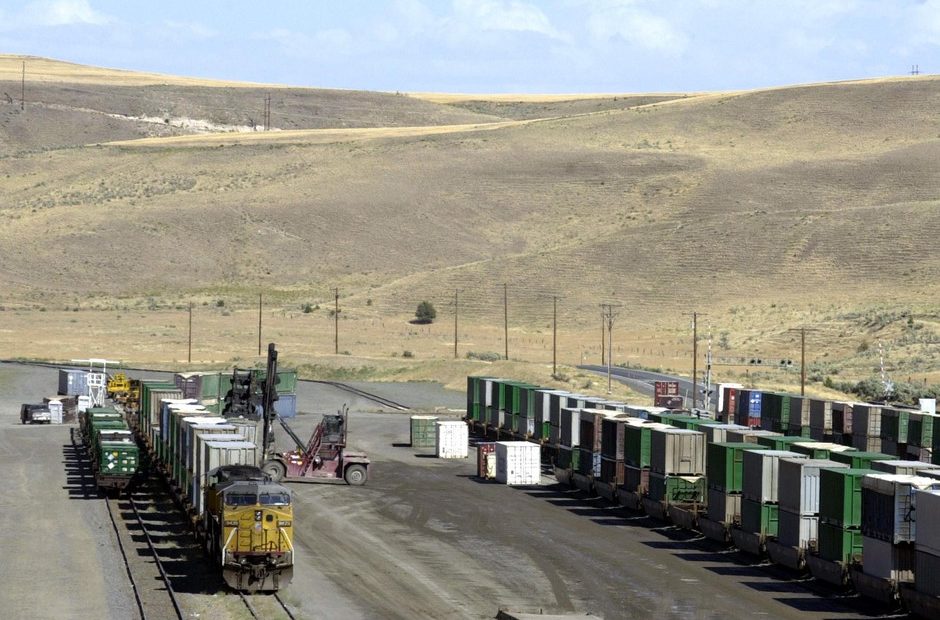
2.5 Million Pounds Of Radioactive Waste Illegally Dumped In Oregon Landfill Near Columbia River
READ ON
Goodnight Midstream provides brine water supply and recycling services to the oil and gas industry for fracking operations. The liquid that Chemical Waste Management had received had been in contact with rocks underground that contained radium, said ODOE’s nuclear waste remediation specialist Jeff Burright.
“Then they filtered that water so that they can reuse it, that radium was captured in what are known as filter socks, which are very long teabags if you will, and it accumulated there and what we’ve gathered is about 80% of the total waste consisted of these filter socks,” Burright said.
Oregon has a threshold of five picocuries per gram of radium 226. Picocuries are a measurement of the radioactivity in a liter of air.
“The waste that was received at Chemical Waste Management Arlington had a range of concentrations over the time running from just a few picocuries per gram up to the maximum in about one and half tons total was around 1,700 picocuries per gram,” Burright said.
Initially, Chemical Waste Management had no records of a relationship with Goodnight Midstream. But it was later confirmed that the North Dakota company contracted a third party, Oilfield Waste Logistics, to dispose of its solid waste. Shipping manifests showed that OWL was sending Goodnight Midstream’s waste to Arlington.
“OWL basically misrepresented the fact that this waste could come into Oregon. … In the manifest that they provided to Chemical Waste Management Arlington, it basically said that this waste does fit within Oregon’s regulations,” Niles said. “The other part of the problem is that Chemical Waste Management did not do their due diligence to ensure what they were being told by OWL was in fact accurate.”
ODOE’s notice of violation has directed Chemical Waste Management to prepare a risk assessment to develop a corrective action plan to prevent recurrence. This will also help determine the best and safest course of action for the waste that is already buried in the landfill near the Columbia River.
ODOE hasn’t issued any fines associated with the illegal dumping of radioactive waste. Officials said it doesn’t meet the criteria that would qualify for a fine. ODOE expects the risk assessment action plan to be submitted by the end of April.
“This is the first time that we’ve had an incident like this that we have become aware that radioactive material has been brought into the state and illegally disposed in violation of our rules,” Niles said.
Dan Serres from the Columbia Riverkeeper said the news of the illegal dumping of fracking waste is a serious violation of the public trust and it’s a huge risk for Oregonians.
“It’s seems unacceptable that Oregon can be used as a radioactive fracking waste dump for three years,” Serres said.
“Oregon is trying to move in the direction of clean energy and what this tells us is, it is urgently important to stop using fracked gas and fracked oil as quickly as possible, because of these health risks that come with fracking to workers and communities where this toxic material is being dumped,” Serres said.
Waste Management Inc. officials said in a written statement that they are cooperating with state regulators and are committed to improving the procedures they use to ensure they’re complying with Oregon law. They said they now send waste samples to an independent technical experts for analysis prior to accepting it.
Copyright 2020 Oregon Public Broadcasting. To see more, visit opb.org
Related Stories:
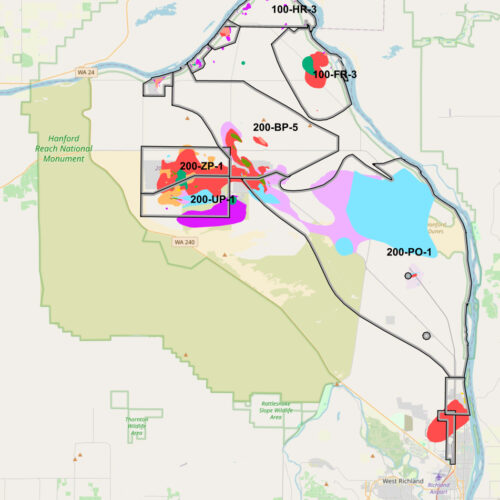
New tool tracks contaminated groundwater at Hanford, other DOE sites
A snapshot of the Hanford cleanup site showing the various groundwater plumes across the site. (Credit: U.S. Department of Energy / Office of Environmental Management) Listen (Runtime 1:00) Read A
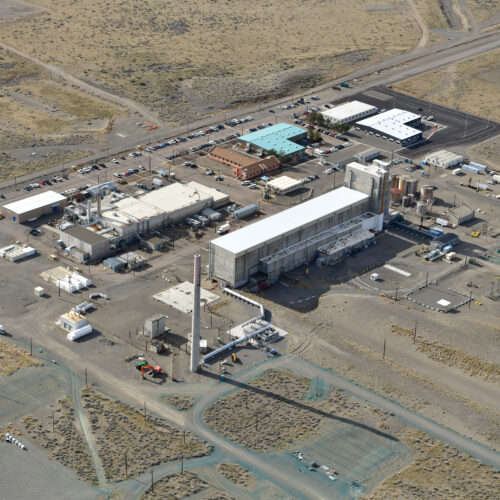
About 60 people evacuated when potentially explosive chemical found at Hanford site laboratory
The 222-S Laboratory mainly studies the physical and chemical characteristics of radioactive waste to support retrieving waste from Hanford’s large underground tanks. Tuesday a vial of chemicals was found there
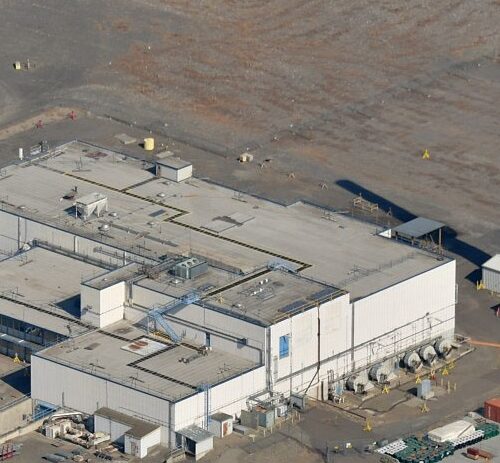
Feds say Hanford’s 324 Building has more waste under it than previously known, float new plan for cleanup
The 324 Building on the Hanford Site (Courtesy: U.S. Department of Energy) Read A creepy old building used for 30 years to research radioactive materials from 1966 to 1996 has

